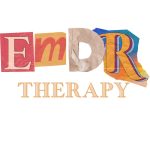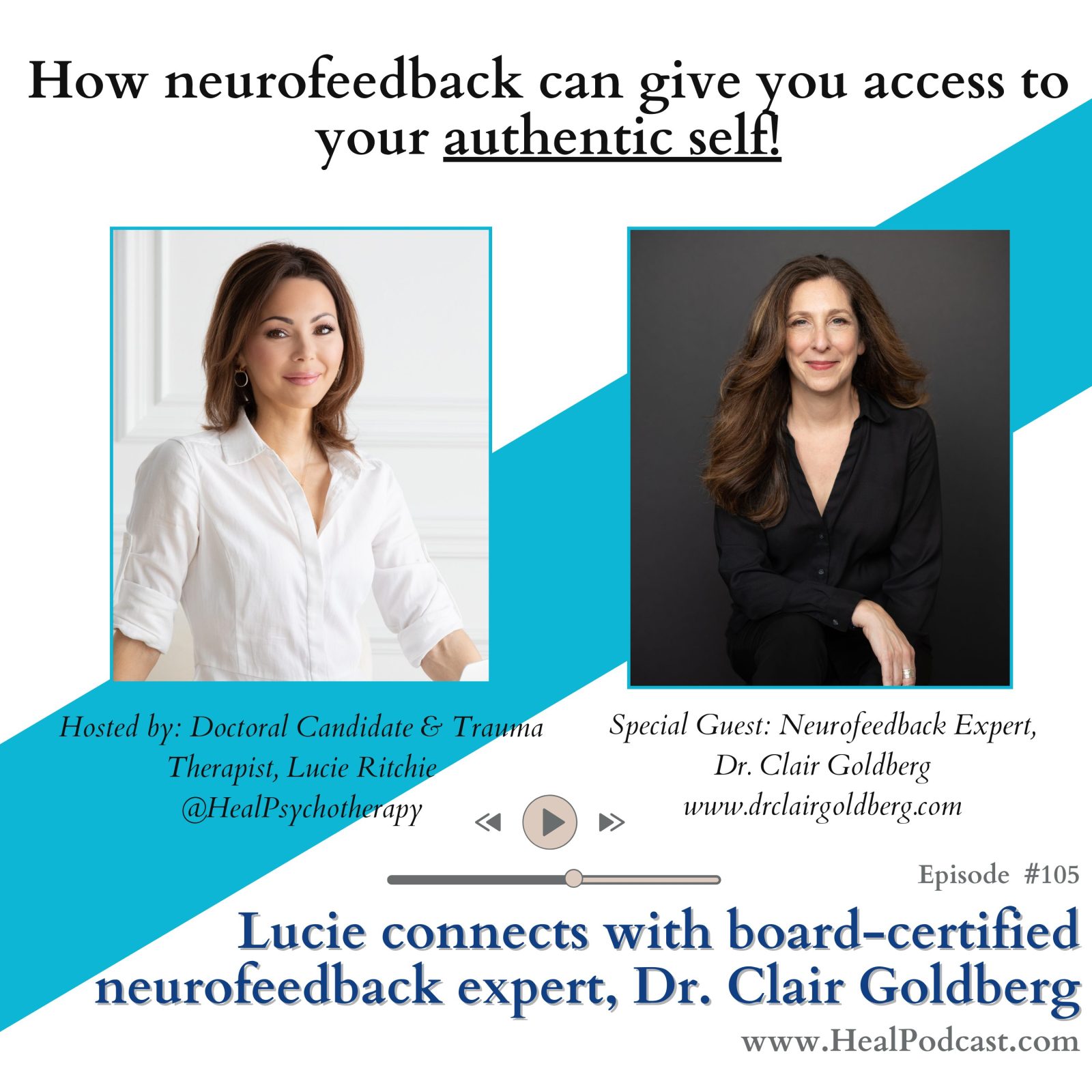EMDR (Eye Movement Desensitization and Reprocessing) therapy is an evidence-based approach primarily used for the treatment of PTSD (Post-Traumatic Stress Disorder) and other trauma-related symptoms. Here are some key aspects of EMDR therapy for PTSD treatment:
- EMDR process: During EMDR therapy sessions, the therapist guides the client to revisit distressing memories or traumatic experiences while simultaneously engaging in bilateral stimulation. Bilateral stimulation can involve eye movements, sounds, or tactile sensations. This process aims to facilitate the reprocessing of traumatic memories and help individuals develop adaptive coping mechanisms.
- Trauma reprocessing: EMDR therapy focuses on the adaptive information processing model, which suggests that trauma-related symptoms arise when traumatic memories are not adequately processed by the brain. EMDR aims to facilitate the integration of these memories into the individual’s broader memory network, reducing their emotional intensity and associated distressing symptoms.
- Dual attention and cognitive shifts: By engaging in bilateral stimulation while focusing on the traumatic memory, EMDR therapy facilitates dual attention. This process helps individuals access and reprocess traumatic memories in a more detached and less distressing manner. Cognitive shifts can occur during EMDR sessions, where negative beliefs associated with the traumatic memory are challenged and replaced with more positive and adaptive beliefs.
- Phases of EMDR therapy: EMDR therapy typically involves several phases. These include history-taking, preparation, assessment of target memories, desensitization and reprocessing, installation of positive beliefs, and closure. The therapist works collaboratively with the client to identify and target specific traumatic memories or related distressing symptoms throughout these phases.
- Efficacy and research: EMDR therapy has been extensively researched and demonstrated effectiveness in the treatment of PTSD and other trauma-related conditions. Numerous studies have shown its efficacy in reducing symptoms, such as intrusive thoughts, avoidance behaviors, and hyperarousal, associated with trauma.
- Professional training: EMDR therapy should be conducted by a trained and licensed mental health professional who has completed specialized training in EMDR. These professionals are equipped to guide individuals safely through the therapy process and provide appropriate support and interventions.
It’s important to note that while EMDR therapy can be highly effective for many individuals, but it may not be suitable for everyone. It’s recommended to consult with a mental health professional to assess your specific needs and determine the most appropriate treatment approach for your situation. Book your appointment today with Andrea Foster who is an EMDR trained therapist.







